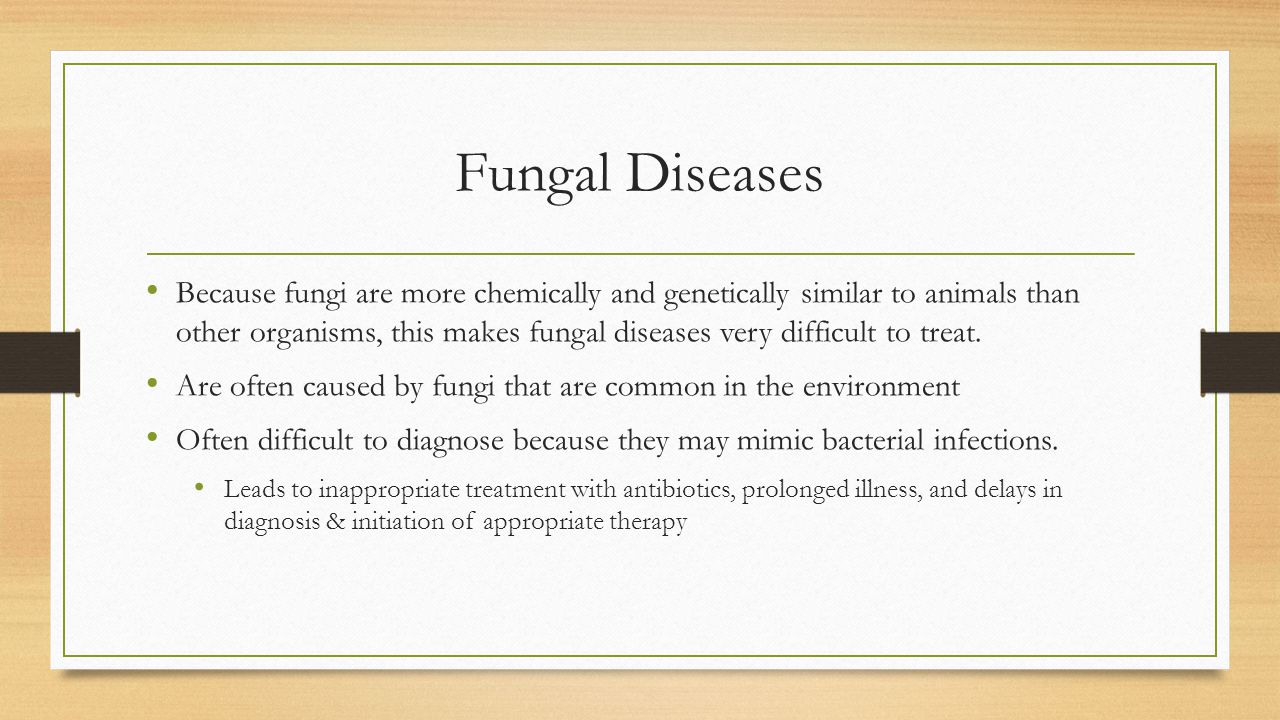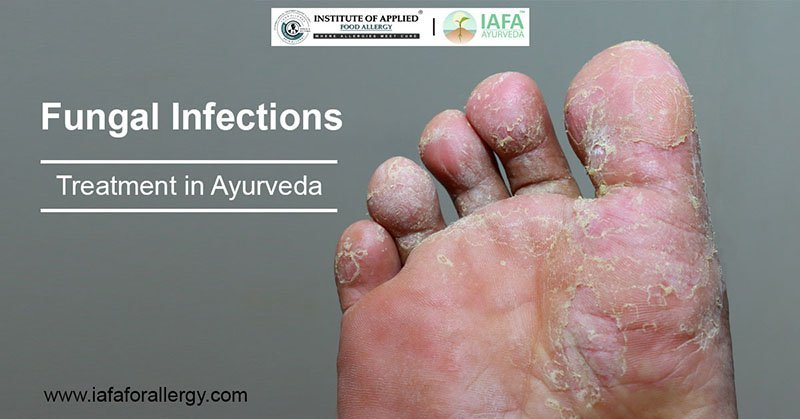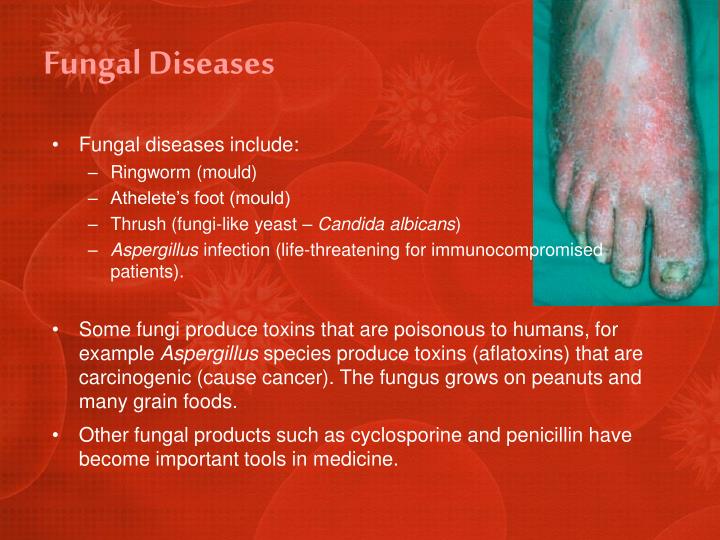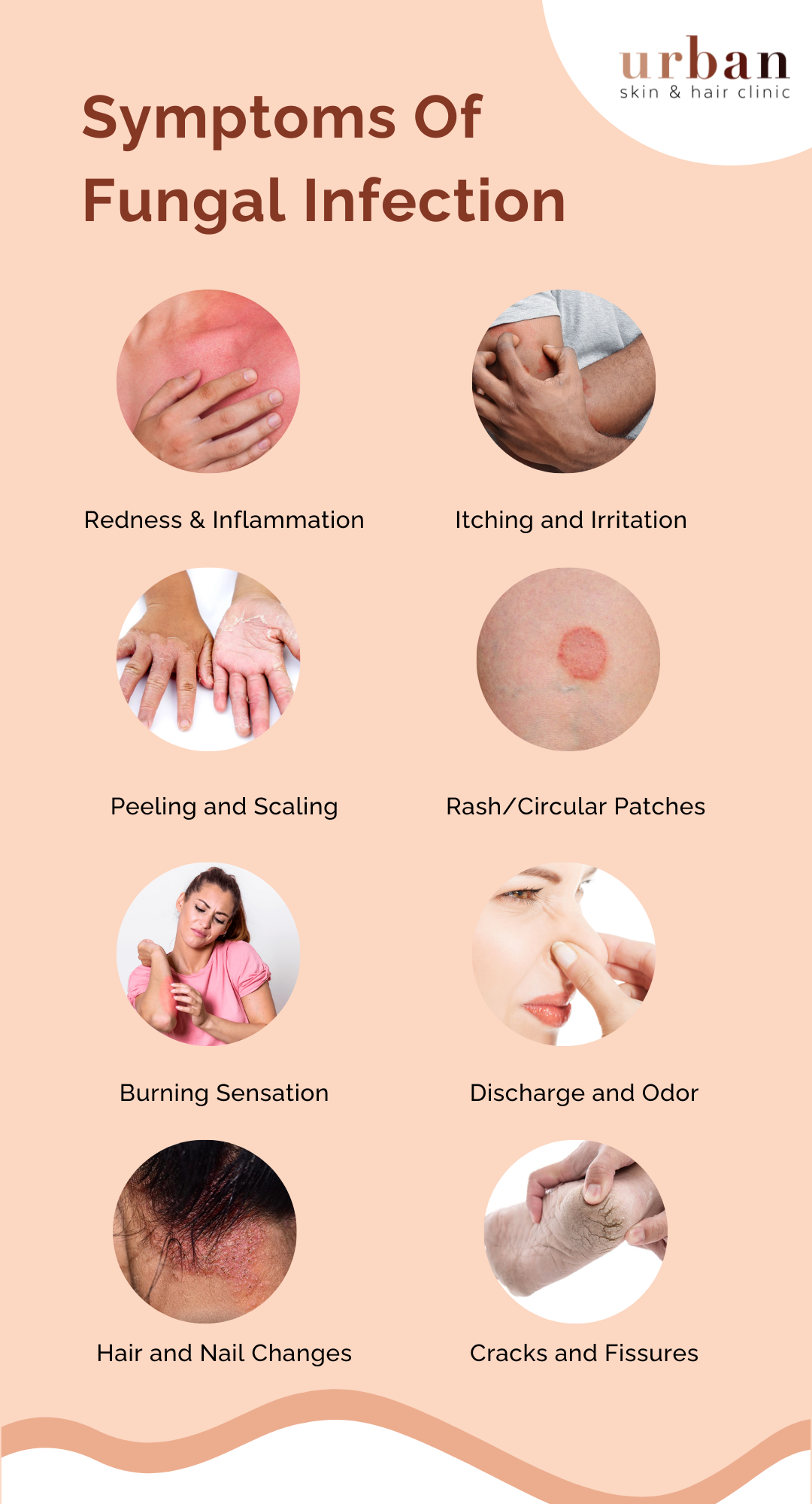Fungal Infections Are Often Difficult To Treat Because Fungi

Fungal infections, often lurking in the shadows of human health concerns, present a formidable challenge to modern medicine. While bacterial infections are frequently met with relatively swift and effective antibiotic treatments, fungal infections, or mycoses, often prove stubbornly resistant. This resistance stems from a complex interplay of factors, ranging from the biological similarities between fungi and humans to the limited arsenal of available antifungal drugs.
The difficulty in treating fungal infections is a growing global health concern, contributing to increased morbidity and mortality, particularly among immunocompromised individuals. Understanding the reasons behind this challenge is crucial for developing more effective treatment strategies and ultimately improving patient outcomes.
Why Fungal Infections Are So Difficult to Treat
The primary reason why fungal infections are notoriously difficult to treat lies in the fundamental biological similarities between fungi and humans. Both are eukaryotes, meaning their cells possess complex internal structures, including a nucleus and other organelles. This shared ancestry makes it difficult to develop drugs that target fungal cells without also harming human cells.
Unlike bacteria, which are prokaryotes with vastly different cellular structures, fungi share many of the same metabolic pathways and cellular components as humans. This means that drugs designed to disrupt fungal processes can often have unintended and toxic effects on human cells.
Limited Antifungal Drug Options
The limited availability of antifungal drugs further compounds the problem. Compared to the extensive range of antibiotics available for bacterial infections, the number of effective antifungals is relatively small. This limited arsenal restricts treatment options and increases the risk of drug resistance developing in fungi.
Many existing antifungal drugs also have significant side effects, further complicating treatment decisions. These side effects can range from mild gastrointestinal issues to severe liver damage and kidney problems, limiting their use in certain patient populations. Amphotericin B, for instance, a potent antifungal, is known for its nephrotoxicity.
The Rise of Antifungal Resistance
The increasing prevalence of antifungal resistance is a major cause for concern. Just like bacteria can develop resistance to antibiotics, fungi can evolve mechanisms to evade the effects of antifungal drugs. Overuse and misuse of antifungals in both medicine and agriculture contribute to this growing problem.
Some fungal species, such as Candida auris, have emerged as particularly worrisome due to their high levels of drug resistance and ability to spread rapidly in healthcare settings. According to the Centers for Disease Control and Prevention (CDC), C. auris poses a serious threat because it is often resistant to multiple antifungal drugs, is difficult to identify with standard laboratory methods, and can cause outbreaks in healthcare facilities.
Diagnostic Challenges
Diagnosing fungal infections can also be challenging. Many fungal infections present with nonspecific symptoms, making it difficult to distinguish them from other conditions. Traditional diagnostic methods, such as fungal cultures, can be slow and may not always accurately identify the causative organism.
The delay in diagnosis can lead to delayed treatment, allowing the infection to progress and potentially become more difficult to treat. Newer, more rapid diagnostic tests are being developed, but they are not yet widely available in all healthcare settings.
The Immunocompromised Population
Individuals with weakened immune systems are particularly vulnerable to fungal infections. People with HIV/AIDS, cancer patients undergoing chemotherapy, and organ transplant recipients are at increased risk of developing serious and potentially life-threatening fungal infections. The immune system plays a crucial role in controlling fungal growth, and when it is compromised, fungi can proliferate unchecked.
These individuals often require long-term antifungal therapy, which further increases the risk of drug resistance. The World Health Organization (WHO) has highlighted the urgent need for improved diagnostics and treatments for fungal infections in immunocompromised patients.
The Significance and Potential Impact
The difficulty in treating fungal infections has significant implications for public health. It contributes to increased healthcare costs, prolonged hospital stays, and higher mortality rates. The emergence of drug-resistant fungi threatens to undermine the effectiveness of existing treatments and could lead to untreatable infections.
The growing threat of antifungal resistance also has implications for agriculture. Antifungals are widely used in agriculture to protect crops from fungal diseases. The overuse of these antifungals can contribute to the development of resistance in fungi that can then infect humans.
Moving Forward
Addressing the challenges posed by fungal infections requires a multi-pronged approach. This includes developing new and more effective antifungal drugs, improving diagnostic methods, implementing strategies to prevent the spread of fungal infections, and promoting the responsible use of antifungals in both medicine and agriculture.
Increased research into fungal biology and pathogenesis is also crucial for identifying new drug targets and developing novel treatment strategies. Collaboration between researchers, clinicians, and public health officials is essential for tackling this growing global health threat.
Ultimately, overcoming the challenges of treating fungal infections will require a concerted effort to improve our understanding of these complex organisms and develop innovative approaches to combat their growing resistance to existing therapies. Early detection and appropriate treatment are key to improving outcomes for patients suffering from these often debilitating and life-threatening infections.


















